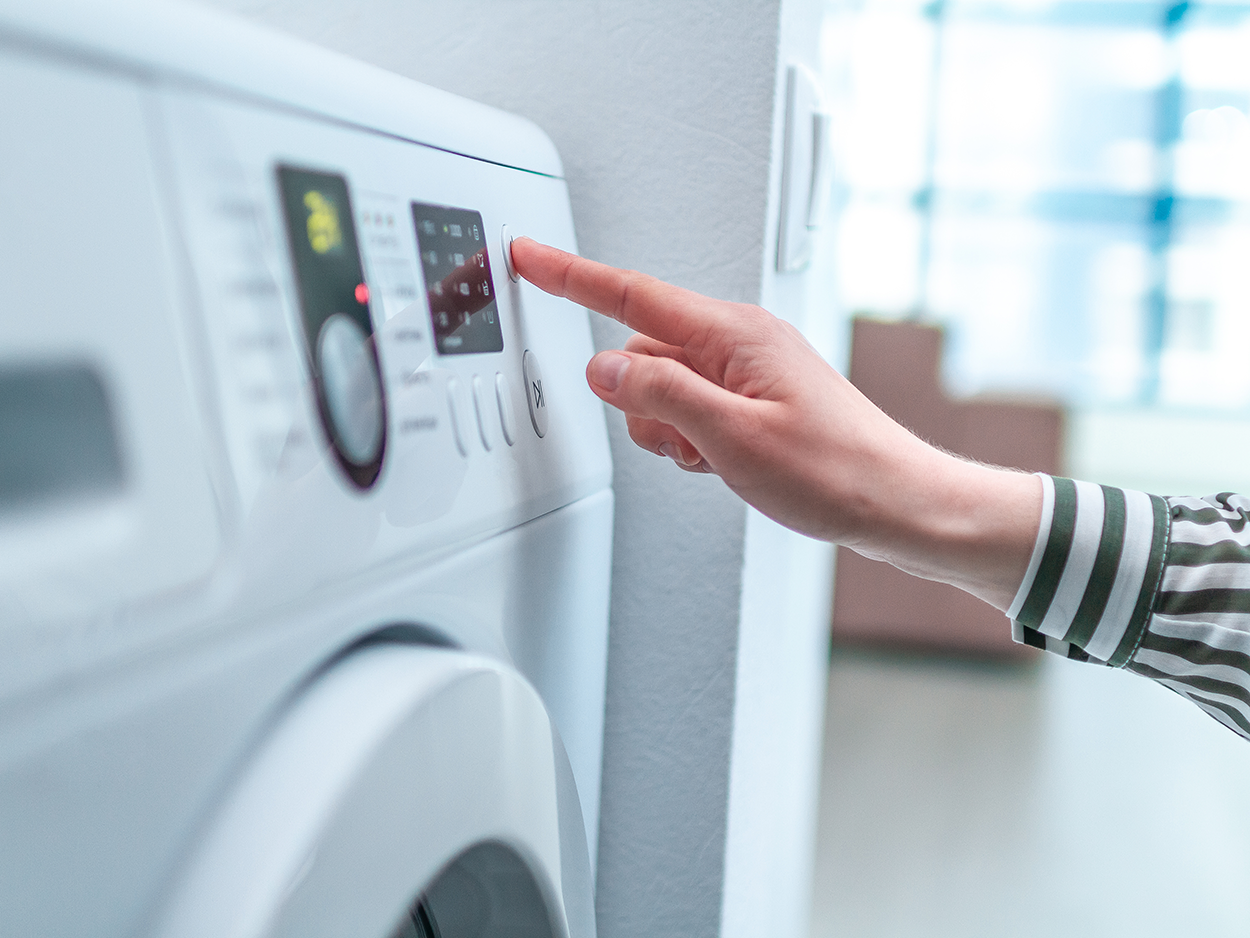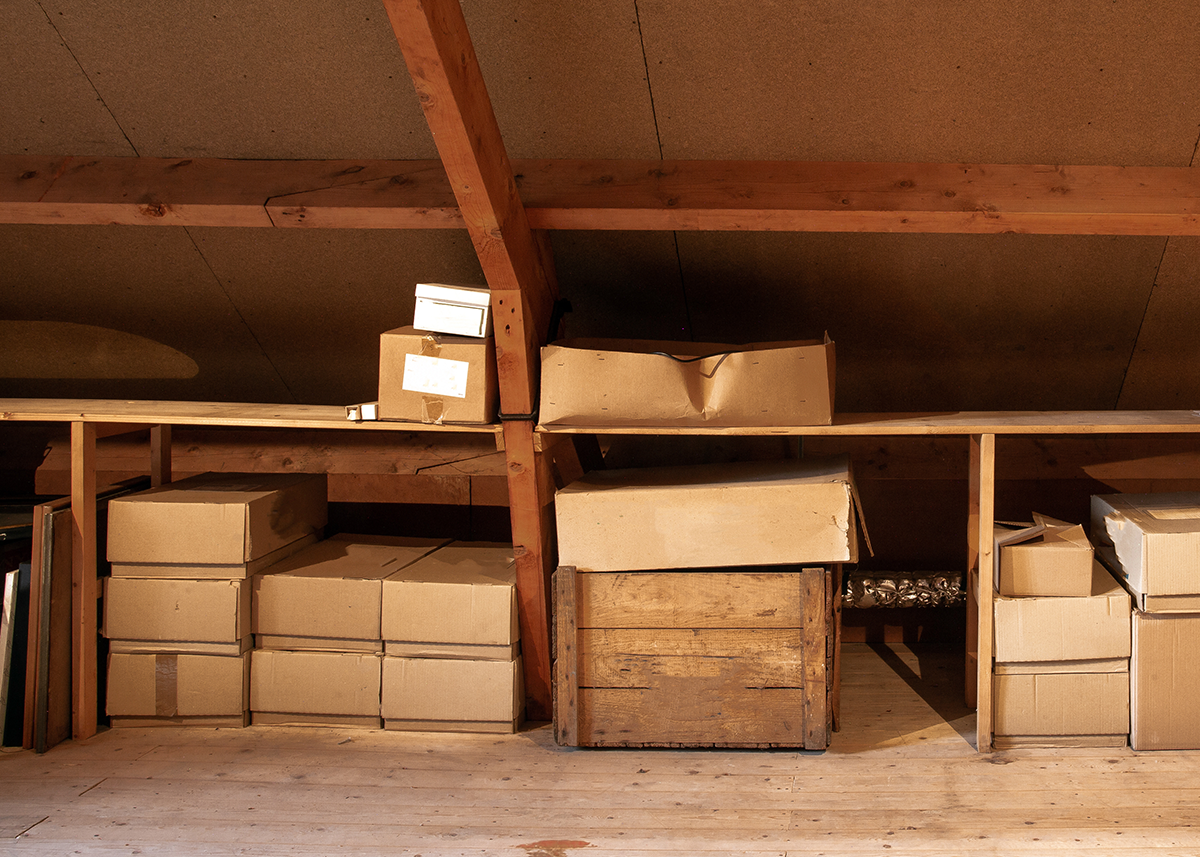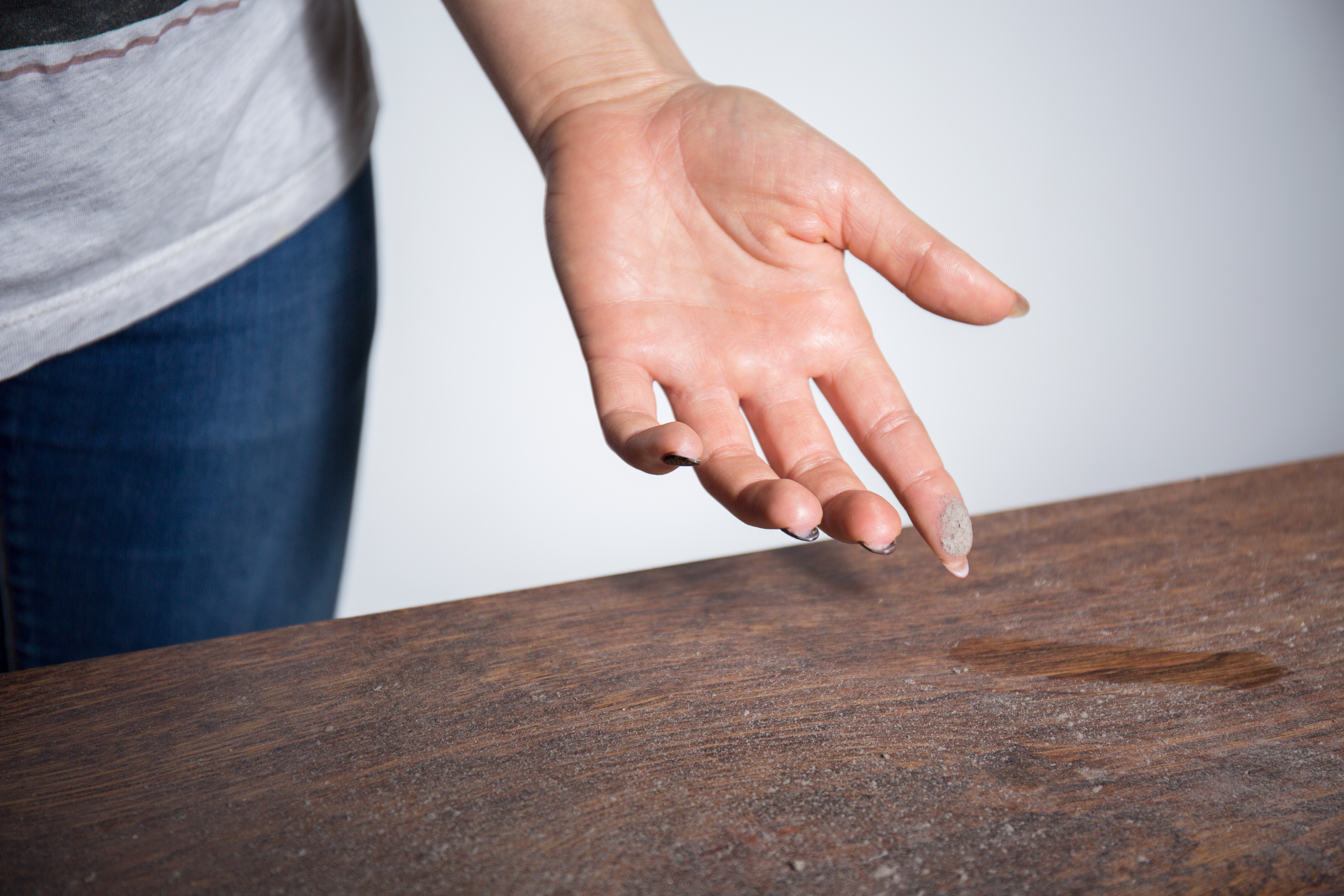
Carpets are a common feature in many homes and offices, offering comfort, warmth, and aesthetic appeal. However, their influence on indoor air quality is a topic of growing concern and interest. Carpets can both positively and negatively impact the air we breathe indoors, depending on various factors such as maintenance, materials, and environmental conditions.
1. The Role of Carpets in Indoor Air Quality
Carpets act as both filters and reservoirs for airborne particles. They can trap dust, pollen, pet dander, and other allergens, potentially preventing these particles from circulating in the air. However, without proper cleaning, carpets can become saturated with these pollutants, leading to poor indoor air quality.
Positive Aspects:
- Particle Trapping: Carpets can trap pollutants like dust, pollen, and other allergens, preventing them from remaining airborne. This can be particularly beneficial for people with respiratory issues, as it reduces the concentration of irritants in the air.
- Sound Absorption: Carpets contribute to a quieter indoor environment by absorbing sound, which can indirectly reduce stress levels and improve overall well-being.
Negative Aspects:
- Pollutant Accumulation: Over time, carpets can accumulate a significant amount of dust, dirt, and other pollutants. If not regularly cleaned, these can be re-released into the air through foot traffic or other disturbances.
- VOC Emissions: Some carpets and carpet pads, especially when new, can emit volatile organic compounds (VOCs), which are harmful chemicals that contribute to poor indoor air quality. The adhesives used in installation can also be a source of VOCs.
2. Carpet and Allergens
Carpets are notorious for harboring allergens such as dust mites, pet dander, and mold spores. These allergens can exacerbate conditions like asthma and allergies. While carpets trap these particles, they do not eliminate them. Regular vacuuming with a high-efficiency particulate air (HEPA) filter and professional cleaning can help mitigate the risk.
Mold and Mildew Growth:
Carpets in humid environments are particularly susceptible to mold and mildew growth. Mold spores can significantly degrade indoor air quality and pose health risks, especially to individuals with respiratory issues or weakened immune systems.
3. Maintenance Practices for Healthy Indoor Air
Proper maintenance is crucial in ensuring that carpets contribute positively to indoor air quality rather than detracting from it. Here are some best practices:
- Regular Vacuuming: Use a vacuum with a HEPA filter to effectively remove dust, dirt, and allergens from the carpet. Aim to vacuum at least once a week, more often in high-traffic areas or homes with pets.
- Professional Cleaning: Have carpets professionally cleaned at least once a year. Steam cleaning can be particularly effective in removing deep-seated dirt and allergens.
- Control Humidity: Maintain indoor humidity levels between 30-50% to prevent mold and mildew growth in carpets. Use dehumidifiers in damp areas if necessary.
4. Carpets in Special Environments
In certain environments, such as homes with individuals who suffer from severe allergies or asthma, it may be advisable to limit the use of carpets or choose alternatives like hardwood or tile flooring, which do not trap allergens as easily and are easier to clean.
Carpets can both positively and negatively affect indoor air quality. By understanding the factors at play and implementing proper maintenance practices, homeowners and facility managers can ensure that carpets contribute to a healthy indoor environment. Regular cleaning, careful selection of materials, and awareness of humidity levels are key to maintaining good indoor air quality in spaces with carpeting.









